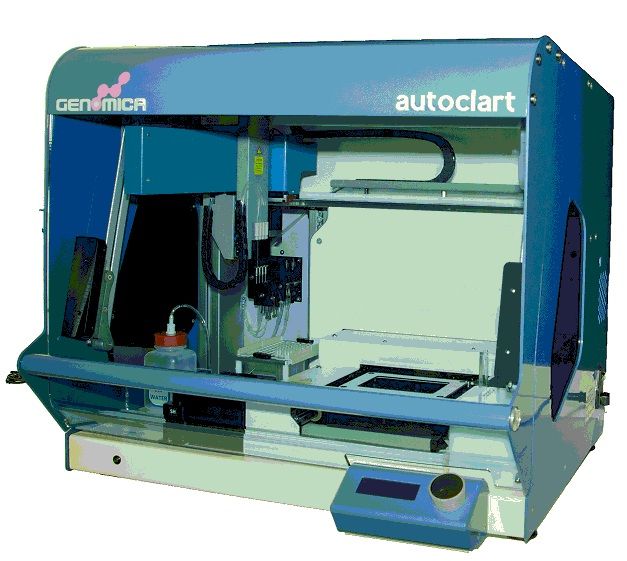
Anna F. Farago, MD , PhD . Massachussetts General Hospital .
Meeting : 2018 ASCO Annual Meetin .
Abstract No : TPS8587
Author(s):
Anna F. Farago, Luis G. Paz-Ares, Tudor-Eliade Ciuleanu, Andrea Fülop, Alejandro Navarro, Laura Bonanno, Jose Antonio Lopez-Vilariño, Rafael Nuñez, Carmen Maria Kahatt, Gabor Kos, Arturo Soto-Matos; Massachusetts General Hospital, Boston, MA; University Hospital 12 de October, Madrid, Spain; Chiricuta Institute of Oncology, Cluj County, Romania; Orszagos Koranyi TBC es Pulmonologiai Intezet 6, Budapest, Hungary; Vall d'Hebron University Hospital, Barcelona, Spain; Istituto Oncologico Veneto IOV IRCCS, Padova, Italy; PharmaMar, Madrid, Spain; Syneos Health, Budapest, Hungary .
 Abstract:
Abstract:
Background:
Lurbinectedin (L), a synthetic analog of marine-based tetrahydroisoquinolone, blocks active transcription, produces DNA breaks and apoptosis, and affects the inflammatory microenvironment. L showed promising activity in combination with DOX in a phase I cohort of relapsed small cell lung cancer (SCLC) patients (pts) (overall response rate (ORR) = 67%, n = 21, ASCO 2015, abstract 7509). Most common toxicities were hematologic. Lower dose improved safety and confirmed activity in an expanded cohort (ORR = 37%, n = 27 SCLC pts).
Methods:
We present an ongoing multinational (20 countries), multicenter (154 sites), open-label, randomized phase III study of L/DOX vs. control arm (investigator choice of either cyclophosphamide, DOX and vincristine (CAV) or topotecan (T)). 600 pts will be randomized (1:1) and stratified according to ECOG performance status (PS), central nervous system (CNS) involvement, previous treatment with antiPD1/antiPD-L1, chemotherapy-free interval, and investigator´s choice of control arm. Interim safety analysis by an independent data monitoring committee (IDMC) is planned when the first 150 pts are randomized. The most relevant inclusion criteria are: age ≥18 years; confirmed SCLC diagnosis (if primary site unknown, Ki-67 expression > 50%); previous platinum-containing line (additional immunotherapy allowed); ECOG PS 0-2; adequate major organ function (including LVEF > 50%). Main exclusion criteria include chemotherapy-free interval < 30 days; prior treatment with L DOX or T; symptomatic or steroids-requiring CNS involvement.
The primary objective is to determine a difference in progression-free survival (RECIST v.1.1) by independent review committee.
Secondary endpoints include overall survival, survival rates at 12/18/24 months, antitumor response, duration of response, quality of life, safety, and pharmacokinetics.
The first patient was randomized in August 2016.
The Pre-Planned interim Safety Analysis was done on MAY 2018 and the IDMC Recommended to Continue the Trial Unmodified.
Trial recruitment is expected to be completed in Q2 2018.
Picar sobre la Foto :

Abstract No : TPS8587
Author(s):
Anna F. Farago, Luis G. Paz-Ares, Tudor-Eliade Ciuleanu, Andrea Fülop, Alejandro Navarro, Laura Bonanno, Jose Antonio Lopez-Vilariño, Rafael Nuñez, Carmen Maria Kahatt, Gabor Kos, Arturo Soto-Matos; Massachusetts General Hospital, Boston, MA; University Hospital 12 de October, Madrid, Spain; Chiricuta Institute of Oncology, Cluj County, Romania; Orszagos Koranyi TBC es Pulmonologiai Intezet 6, Budapest, Hungary; Vall d'Hebron University Hospital, Barcelona, Spain; Istituto Oncologico Veneto IOV IRCCS, Padova, Italy; PharmaMar, Madrid, Spain; Syneos Health, Budapest, Hungary .
 Abstract:
Abstract:Background:
Lurbinectedin (L), a synthetic analog of marine-based tetrahydroisoquinolone, blocks active transcription, produces DNA breaks and apoptosis, and affects the inflammatory microenvironment. L showed promising activity in combination with DOX in a phase I cohort of relapsed small cell lung cancer (SCLC) patients (pts) (overall response rate (ORR) = 67%, n = 21, ASCO 2015, abstract 7509). Most common toxicities were hematologic. Lower dose improved safety and confirmed activity in an expanded cohort (ORR = 37%, n = 27 SCLC pts).
Methods:
We present an ongoing multinational (20 countries), multicenter (154 sites), open-label, randomized phase III study of L/DOX vs. control arm (investigator choice of either cyclophosphamide, DOX and vincristine (CAV) or topotecan (T)). 600 pts will be randomized (1:1) and stratified according to ECOG performance status (PS), central nervous system (CNS) involvement, previous treatment with antiPD1/antiPD-L1, chemotherapy-free interval, and investigator´s choice of control arm. Interim safety analysis by an independent data monitoring committee (IDMC) is planned when the first 150 pts are randomized. The most relevant inclusion criteria are: age ≥18 years; confirmed SCLC diagnosis (if primary site unknown, Ki-67 expression > 50%); previous platinum-containing line (additional immunotherapy allowed); ECOG PS 0-2; adequate major organ function (including LVEF > 50%). Main exclusion criteria include chemotherapy-free interval < 30 days; prior treatment with L DOX or T; symptomatic or steroids-requiring CNS involvement.
The primary objective is to determine a difference in progression-free survival (RECIST v.1.1) by independent review committee.
Secondary endpoints include overall survival, survival rates at 12/18/24 months, antitumor response, duration of response, quality of life, safety, and pharmacokinetics.
The first patient was randomized in August 2016.
The Pre-Planned interim Safety Analysis was done on MAY 2018 and the IDMC Recommended to Continue the Trial Unmodified.
Trial recruitment is expected to be completed in Q2 2018.
Picar sobre la Foto :



